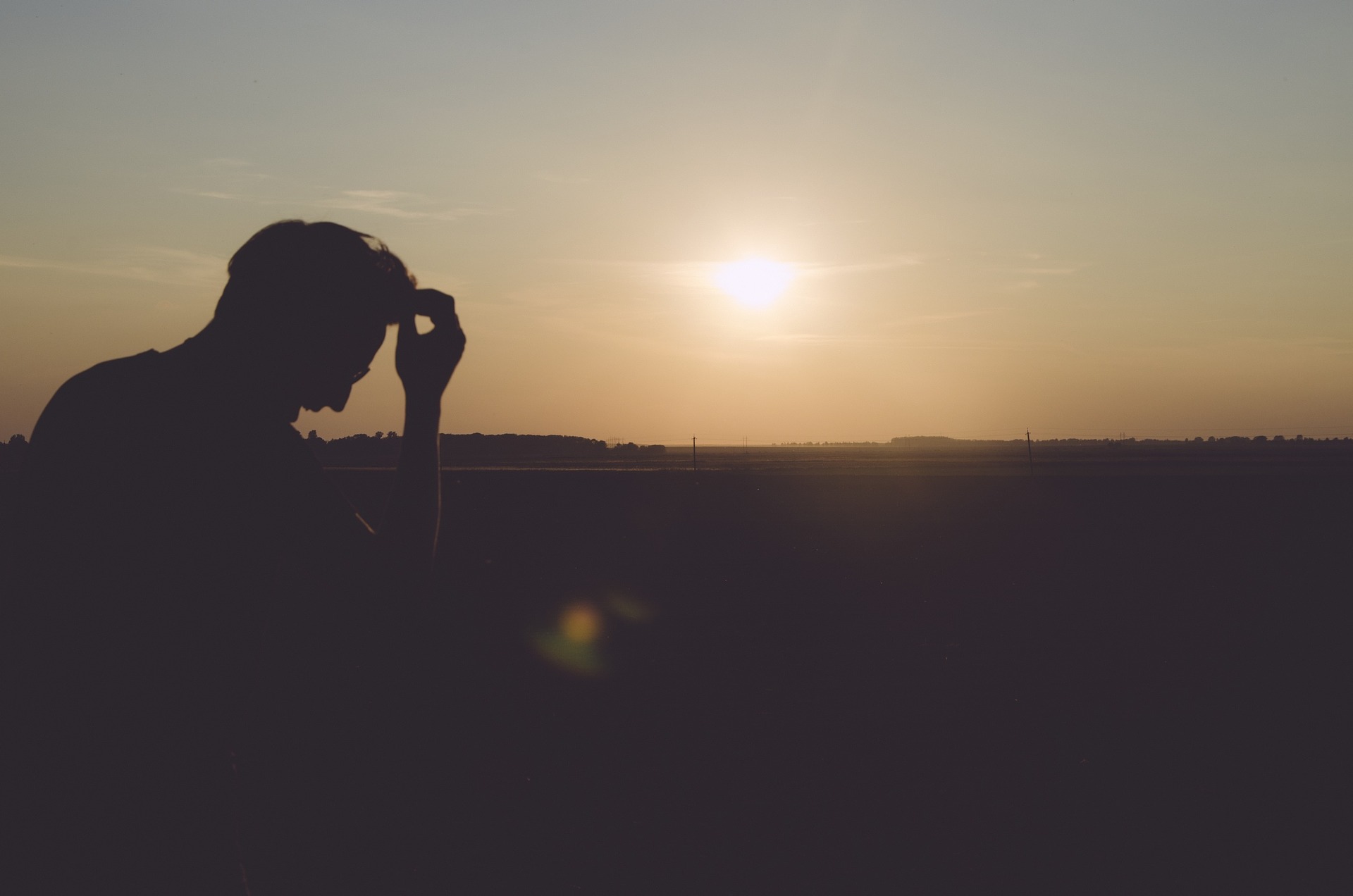Accountability presents us with a choice to live above the line or settle for the role of victim. Where is the line between accountability and victimization?
Accountability has two components: personal and shared. We focus more on the individual and miss the importance of shared accountability. How do organizations, communities, families recognize, own, solve, and act with accountability?
I have had moments when all my plans went awry. The results can unearth feelings of shame, blame, and desperation.
The Oz Principle
Around 2010, I came across a series of books on accountability by Roger Connors and Tom Smith. This article reviews key concepts in The Oz Principle. This first book in the series gave me a new view of accountability. How it shapes our personal lives and organizations.
The authors use L. Frank Baum’s The Wizard of Oz to illustrate the simple lessons that frame the Oz Principle.
“Don’t get stuck on the yellow brick road; don’t blame others for your circumstances; don’t wait for wizards to wave their magic wands, and never expect all your problems to disappear.” —Roger Connors, Tom Smith, and Craig Hickman, The Oz Principle
More times than I care to recount, we blame and finger-point when things go wrong. The immediate response to poor performance becomes excuses and rationalizations. Then comes a million reasons why people are not responsible for this mess.
A victim mentality permeates organizations, communities, families, individuals. The destructive power of the victim role stifles progress. Placing blame gives us a perceived out for responsibility.
Accountable or Victim
I found myself sitting across my boss facing accusations of disloyalty. My colleague sat next to me with a notepad listing all my transgressions to undermine her. Where did this come from? At that moment, my mind replayed each of the actions she described. She viewed my behavior as attempts to harass her staff and criticize their work.
Every muscle in my body tensed. I could not deny the actions. When I try to understand something, I ask questions—lots of questions. What I viewed as fact-finding morphed into interrogation and belittling.
By the end of the inventory, my boss and colleague labeled me as untrustworthy. So much so that I could never regain their trust. Final judgment passed without a conversation or opportunity to explain.
I knew there was something amiss with this co-worker. She dismissed and ignored my attempts to set things right. Until this moment, she refused to talk to me. Now she did — in front of our boss.
I faced a decision. I could be a victim of what I perceived as vitriol. Or, I could accept accountability for my behavior. I chose accountability. I attempted to explain that those actions did not occur with the intent to undermine. Loyalty? What did that mean? I supported and strove to model the organizational mission and values.
Accountability: Behavior Above the Line/Below the Line
The Oz Principle describes accountability as actions above the line or below the line.
“Imagine a line between accountability and victimization that separates rising above your circumstances to get the results you want and falling into the victim cycle where you can easily get stuck.”
You will recognize below the line behaviors. When truth remains hidden, people fear speaking up. How do you know you are stuck in the victim cycle?” You will hear these clues.
- “It’s not my job.”
- “You best cover your tail.”
- “Just tell me what to do.”
- “There’s nothing I can do about it.”
- “All we can do is wait and see.”
- “If she would have done her job…”
When we or an organization finds itself stuck in the victim cycle, six stages evolve.
- Ignore/Deny. We pretend a problem does not exist.
- It’s Not My Job. No one wants to own the problem. No one speaks. If you speak up, someone may force the problem on you.
- Finger-Pointing. The blame belongs to them. Not me.
- Confusion/Tell Me What to Do. If I remain confused, someone will tell me what to do. Then I won’t be responsible for the decision. You told me to do it.
- Cover Your Tail. Our protection for falling this far below the line requires elaborate strategies. We send email copied to everyone—just in case.
- Wait and See. At this point, we become frozen in inertia. The problem exists. We do nothing.
We tend to focus on accountability only when things go wrong. After all, blaming and making excuses relieves us of responsibility. It’s easy.
See, Own, Solve, Do
How do you get above the line and out of the quagmire of victimhood?
Let’s start with a clear definition.
“Accountability: A personal choice to rise above one’s circumstances and demonstrate the ownership necessary for achieving desired results—to See It, Own It, Solve It, and Do It.”
The mindset we need asks, “What else can I do?”
Back to the meeting with my boss.
I left dumbfounded. My colleague still refused to discuss the issues she raised. So, I went back to my office feeling shamed, dismayed, and angry.
My typical response to criticism—reflection. I replayed all the examples of my disloyalty. What cues did I miss? How could I have handled each incident with more tact?
I had to see it. In all honesty, I saw moments when I allowed my ego to take hold of some of my questioning. I recalled times when I sought to display my expertise and, subtly, putting down my colleague’s.
My responsibility in that organization centered on uncovering the facts, reporting accurate data. My role required presenting information for senior leaders to make reliable, fact-based decisions.
I had to own it. Taking responsibility for my actions and playing the role of a victim are not the same. My reflection on prior events and the meeting gave me a chance to learn. I had to see from many perspectives—not only mine. I played an active role in the results. Now it was up to me to own my actions.
I had to solve it. What could I do differently? I learned some valuable lessons about how my actions might affect others. When I face a problem, I look for answers and solutions. I want to understand the problem. My reading led me to explore relationships and understanding cultural dynamics. I revisited Stephen Covey. “Seek first to understand.”
I had to do it. How would I work in the future to strengthen my ability to stay above the line?
“Staying Above the Line requires diligence, perseverance, and vigilance. It also requires a willingness to accept risk and to take the giant step that’s often necessary to get what you want out of your life or your organization.”
Leading to Stay Above the Line
You may be thinking, “What good does it do if staying above the line applies to a few people? What about everyone else?”
Leaders must take the first step. We need to see staying above the line in action.
“If you hope to create accountability in your own organization, you must also provide a model others can emulate. You yourself must remain accountable for the consequences that flow from all your decisions and actions.”
What if you are not the CEO or Superintendent? We can all lead from where we stand. We can recognize and call out Below the Line attitudes and behaviors.
To remain above the line, we must build an environment that supports accountability. We move beyond thinking of accountability as a crisis response. Accountability defines the way to approach problem-solving and solution-seeking.
Leaders can use activities to get and keep everyone above the line. Connors, Smith, and Hickman suggest:
- Training everyone, at every level
- Coaching accountability
- Asking Above the Line questions
- Rewarding accountability
- Holding people accountable
In Conclusion.
In the Oz Principle, the authors address individuals and organizations. But, these principles help schools, families, communities, and governments stay above the line.
When we get stuck in a victim mentality, we close the door to our collective strengths. If no one owns a problem and we choose to wait and see, we risk failure. We risk never realizing the progress we could make if we choose to see it, own it, solve it, and do it.
* * * * *
When Dorothy wishes to go home, the good witch, Glinda, tells Dorothy, “You had the power all along, my dear.”
You and I have the power within to stay above the line — to make a difference.



Leave A Comment